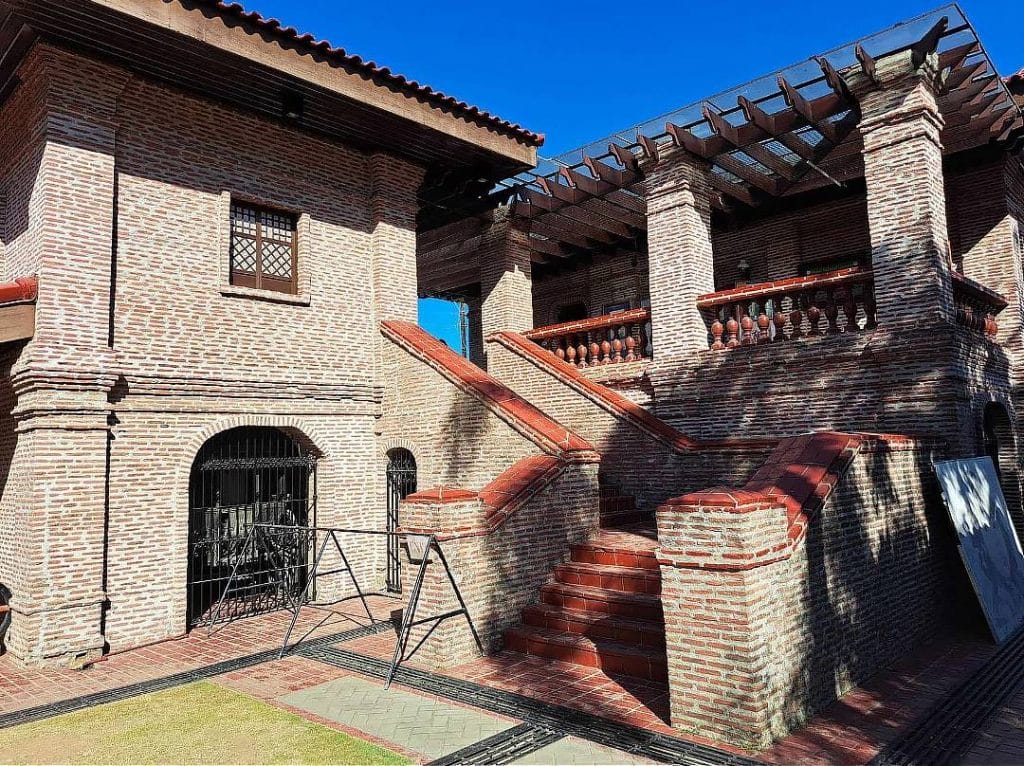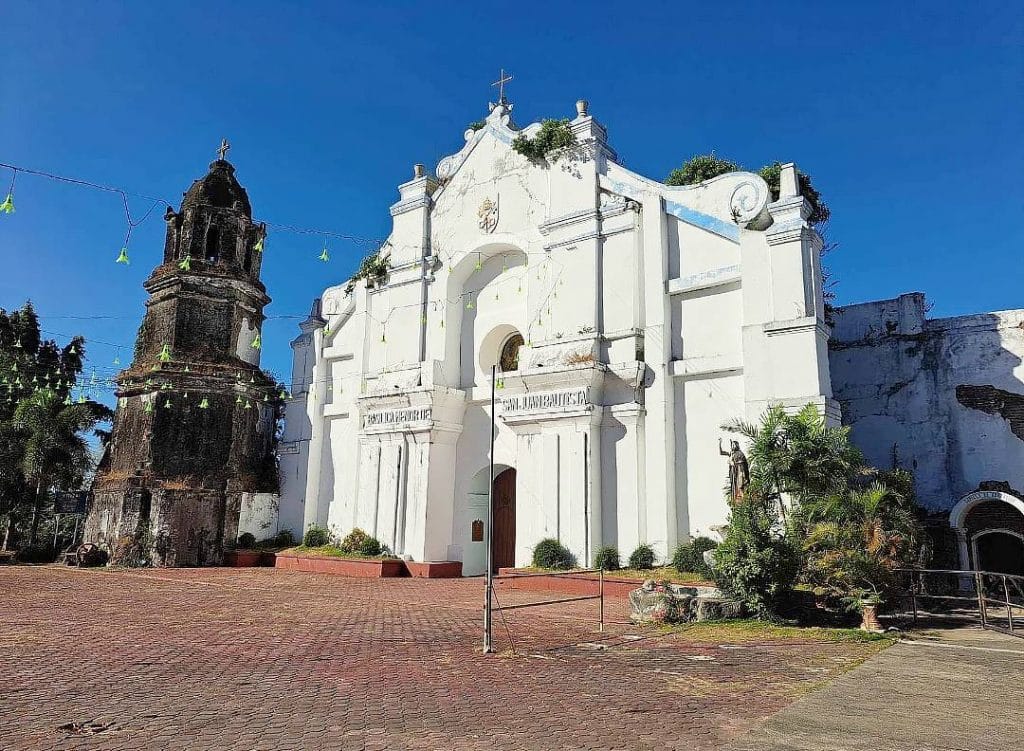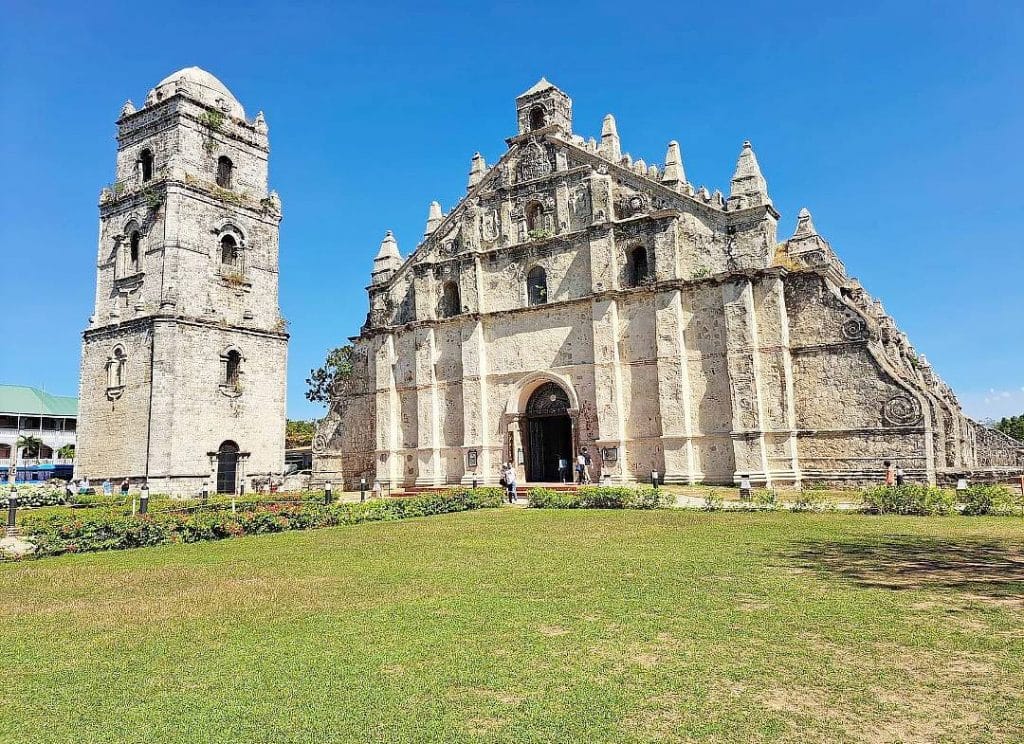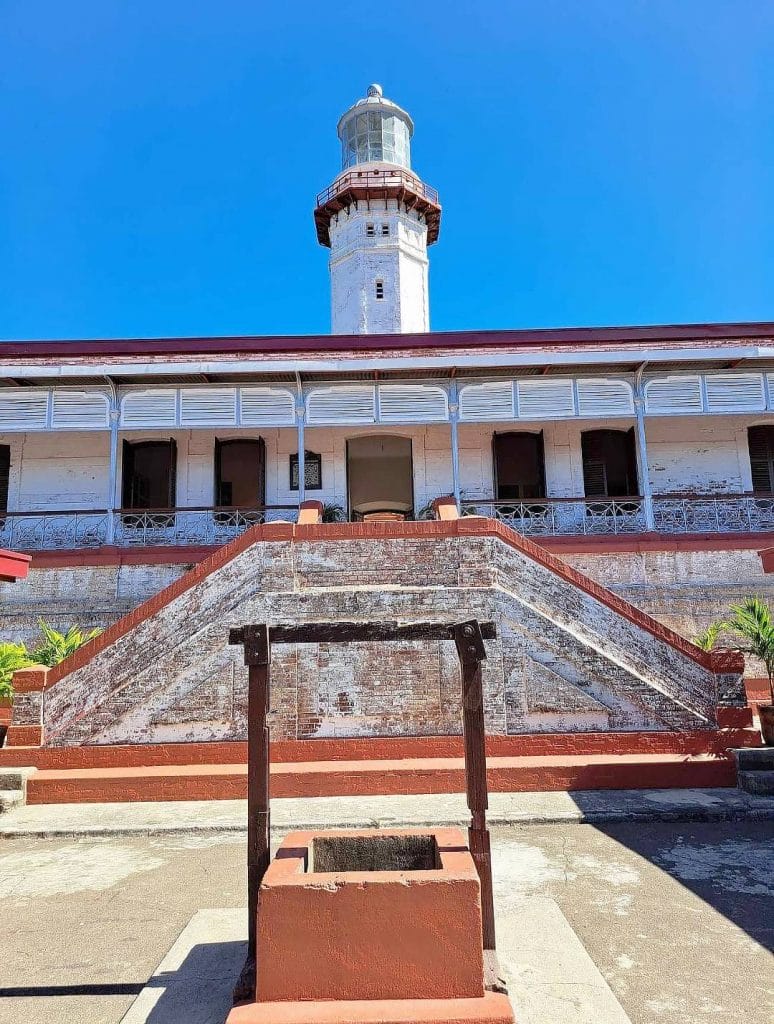“Bring me to Paoay,” said the late Ilocano president Ferdinand Marcos Sr.. Instead, the Americans brought him and his family to Hawaii. The joke stuck but the reality was that Marcos wanted to die in Ilocos Norte. Hawaii was not a bad choice after all, since there were many Ilocanos in the paradise state.
Manong Generation
Ilocanos were the first generation of Filipino immigrants to arrive en masse to the United States, primarily in Hawaii and California. They were the manongs who worked as sakadas in the sugar fields of Hawaii. This diaspora happened even during the Spanish times due to discontentment of the Ilocanos with the encomienda system, which was a Spanish slave labour system. With compulsory military drafting, the Tobacco Monopoly also caused the dispersal of the Ilocanos to the nearby provinces such as Cagayan, Abra, Pangasinan, Quirino, Nueva Ecija, and Zambales.
The Brave Ilocanos
The brave Ilocanos revolted against Spain starting with Pedro Almazan who led the first Ilocano Revolt and Pedro Ambaristo who led the Basi Revolt. Due to the rebellions of the Ilocanos, the Spaniards in 1818 split Ilocos Norte into two provinces, Ilocos Norte and Ilocos Sur, aiming to destroy their unity. Other renowned Ilocanos were Artemio Ricarte, who was regarded as the Father of the Philippine Army. Isabelo de los Reyes, who championed workers’ rights, was the original founder of the Philippine Independent Church where Gregorio Aglipay, another Ilocano, was the first bishop. Josefa Llanes Escoda, founder of the Girl Scouts of the Philippines, was a World War II hero.
Artistic Ilocanos
In the art world was Juan Luna, whose magnus opus, the Spoliarium, won a gold medal in an art competition in Madrid. Ilocanos are also known for Inabel, a weaving tradition native to the Ilocano people. The textile is known for its softness, durability and its austere design patterns. During the Spanish times, inabel was used to make the uniforms of the colonial forces. It was so famous that it competed with Spanish textiles in the international market. It was said that the inabel mirrors the tapestry of intricacies of Ilocos Norte life and history.
Pinili, Ilocos Norte is the hometown of Magdalena Gamayo, a Gawad sa Manlilikha ng Bayan (GAMABA) awardee. She is a master weaver of the inabel cloth, the historical cloth bartered for gold during the Galleon Trade. At 99 years old, she is the oldest living GAMABA awardee.
The Basilicas

Ilocos Norte was the gateway to the fabled mines of the Cordilleras. The Ilocanos were not only artisans but also farmers and fisherfolk for the Ilocos lowlands were strategically located between the West Philippine Sea and the Cordilleras. Almost half of the Ilocos Norte towns are coastal. In 1620, an image of the Blessed Virgin Mary and the Black Nazarene were found floating in the shores between Sinait and Bondoc. These images trace their origin in Nagasaki, Japan where Christians were persecuted. The Black Nazarene was brought to Sinait and the La Virgen Milagrosa was brought to Badoc. Both towns have a basilica of their own where the images are enshrined. La Virgen Milagrosa de Badoc is the patroness of Ilocos Norte and is enshrined at the St. John the Baptist Basilica in Badoc. Badoc is known as the birthplace of Juan Luna. There is a museum in his honor.

Earthquake Baroque
Another church of distinction in Ilocos Norte is the St. Augustine Church, commonly called Paoay Church. It has a distinct architecture highlighted by enormous buttresses on the sides and back of the building. It was declared as a National Cultural Treasure in 1973 and a UNESCO World Heritage Site under the collective group of Baroque Churches in the Philippines in 1993.

It is an example of Spanish colonial architecture which adapts to the seismic conditions of the country. Javanese architecture similar to the one in Borobudur of Java can also be seen on the walls and facade. It has 24 huge buttresses measuring 5.5 ft thick at the sides and back of the church. Large coral stones and bricks were used in the walls and facade.
Burgos Lighthouse
North of Paoay is Cape Bojeador in Burgos. It is the northwesternmost point in Luzon which can be seen as far as Pasuquin in the south and Bangui in the east on a clear day. It was designed by Magin Pers in 1887 and finished by Guiĺlermo Brockman of Lighthouse Service. The 16.3 meter tall “Faro de Cabo Bojeador” was first lit in 1892. It was made of bricks which was typical of Spanish colonial architecture.

Bangui Windmills
Further north of Bojeador are the Bangui Windmills. This wind farm uses 20 units of 230 ft. high wind turbines with a total maximum capacity of 33 mw. Just like Batanes and Babuyan Island, there is no windbreak and limited terrain roughness, making it ideal for wind power generation.
Ilocos Norte has so much to offer such as Pagudpud, Kapurpurawan Rock Formation, Paoay Sand Dunes, and the St. William’s Cathedral. Even before the Spaniards arrived, the Ilocanos were already expert weavers, potters, and goldsmiths. Ilocos Norte is a blessed province and truly a land of wonder.
* * *
JP Ordoña (Manilakad) leads Manilakad Walks in Intramuros, Binondo, Quiapo and more. Let him guide you to several walking destinations in Manila. Manilakad (Jing Ordoña) can be reached on Facebook Messenger or through text at 0916-3597888 and Viber (George Ordona) at 0960-6975930.
